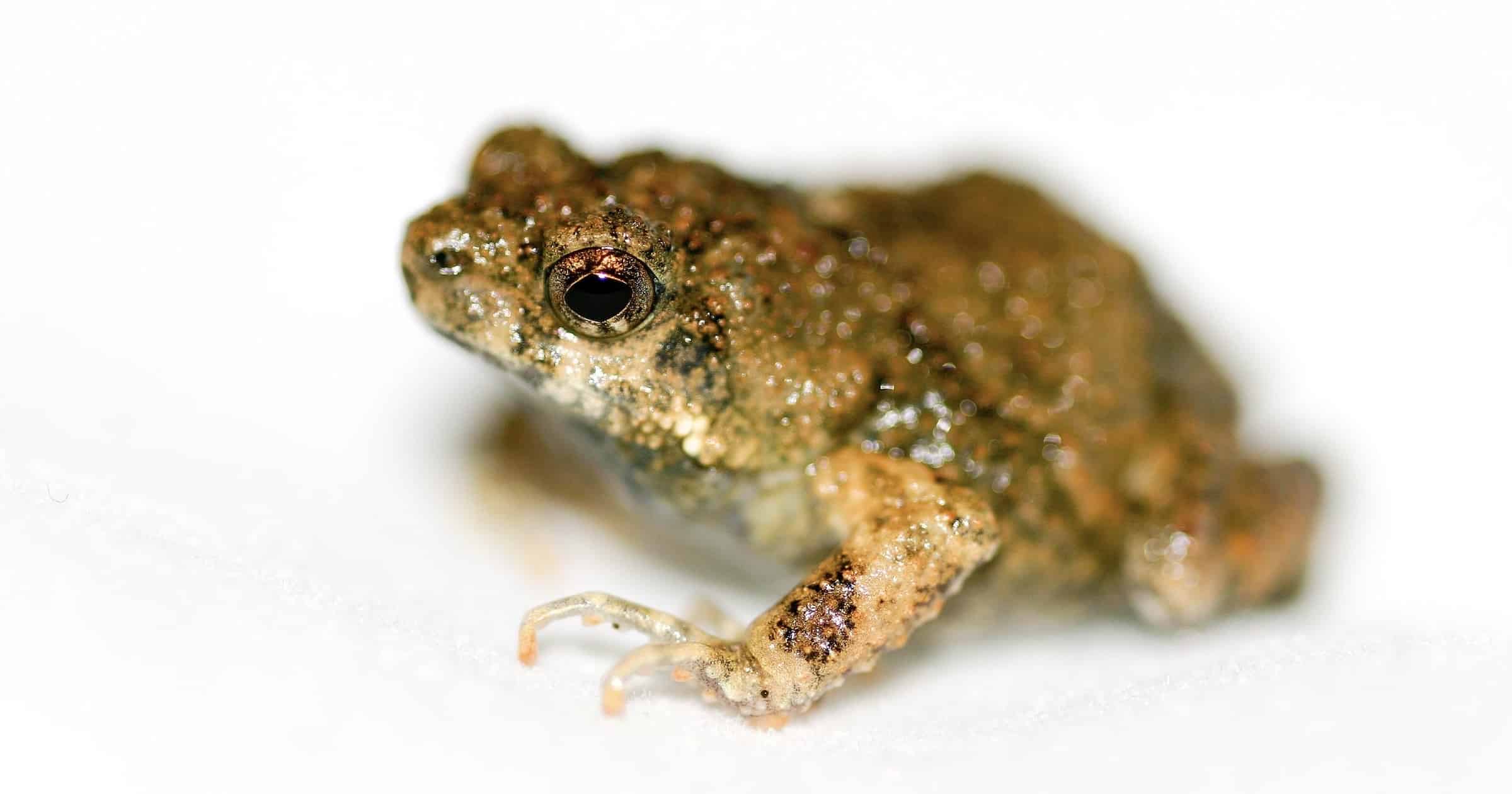 Intelligent Design
Intelligent Design
 Neuroscience & Mind
Neuroscience & Mind
How Frogs and Fish “Count”

University College cognitive psychology prof Brian Butterworth, author of Can Fish Count? (Basic Books, 2022), talks about animal number sense in a recent article in Psyche.
He offers many examples of animals counting single digit numbers but then helpfully addresses the question of how they do it. We are talking here about a variety of very different types of neurological equipment — insects vs. amphibians, for example. Neuroscientists are beginning to pinpoint specific brain functions associated with counting for specific tasks:
Female túngara frogs benefit by mating with the male that can produce six croaks in one breath, over the male that can manage only five, because this is an indicator of respiratory fitness. Naturally, the male will try to outcroak his competitor by counting the number of croaks and adding one, to the limit of his breath.
BRIAN BUTTERWORTH, “A BASIC SENSE OF NUMBERS IS SHARED BY COUNTLESS CREATURES” AT PSYCHE (OCTOBER 12, 2022)
How?
In the case of the túngara frog, where counting is essential for mating and reproduction, the biologist Gary Rose discovered a neuron in the inferior colliculus, part of the auditory system, that checks that the number of croaks has the correct rate to be an advertisement call — and not some other type of call. Another type of neuron counts the croaks.
BRIAN BUTTERWORTH, “A BASIC SENSE OF NUMBERS IS SHARED BY COUNTLESS CREATURES” AT PSYCHE (OCTOBER 12, 2022)
Count on It
What about the fish that — for better protection — join large shoals rather than small ones?
Fish have brains that are even more different from our own but, as mentioned, small fish, such as zebrafish, can benefit from a number sense in choosing a larger shoal. Scientists are beginning to discover how their tiny brains do this: it turns out that neurons in the zebrafish pallium respond to changes in visible number.
BRIAN BUTTERWORTH, “A BASIC SENSE OF NUMBERS IS SHARED BY COUNTLESS CREATURES” AT PSYCHE (OCTOBER 12, 2022)
Algebra, Geometry, and Calculus
Dr. Butterworth goes a little far when he suggests that dyscalculia (hopelessness at math) in humans may stretch back to “the common ancestor of ants and humans”:
One thing that my colleagues and I discovered in working with fish was that some individual fish seem to be much worse on numerical tasks than others of the same species. We are now investigating whether there is a genetic basis to these individual differences. This could help explain why around 5 per cent of people — those with dyscalculia — have serious trouble with even simple number tasks. It is possible that this learning disability, rather like colour vision deficiency, is the result of one or more genetic variants that makes the number mechanism less efficient in representing numbers, which in turn makes learning arithmetic more difficult.
BRIAN BUTTERWORTH, “A BASIC SENSE OF NUMBERS IS SHARED BY COUNTLESS CREATURES” AT PSYCHE (OCTOBER 12, 2022)
He then concedes that “even if we have inherited a basic number sense from distant ancestors, there are some big differences between humans and other creatures.” Most certainly. Algebra, geometry, and calculus are among them.
Read the rest at Mind Matters News, published by Discovery Institute’s Bradley Center for Natural and Artificial Intelligence.
